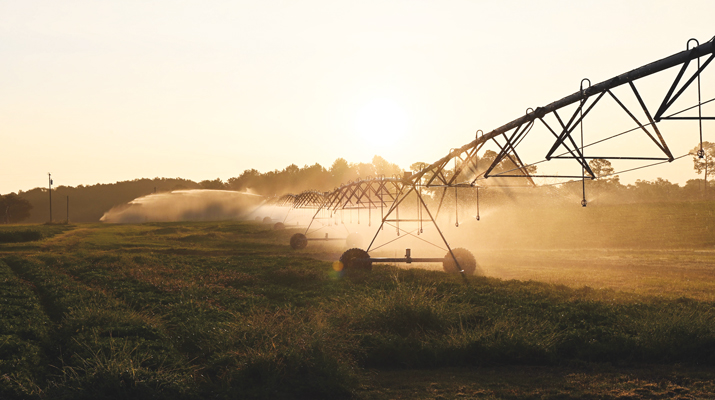Study: US behind other regions in small but growing bioLPG market
The new Argus white paper “BioLPG: Supply boost” doesn’t necessarily hold the same meaning for companies in the U.S. when compared to those in other parts of the world, as its title might suggest. At least not yet.
The London-based firm that analyzes international energy markets and other commodities released the white paper – an update to a report published one year ago – in October.
And while Kristen Mueller, the paper’s author, was struck by the number of new projects announced over that period, exceeding her expectations, she says the bioLPG market is still very small, particularly when compared to the fossil fuel LPG market and when looking at the U.S.
“The global LPG market is over 330 [million tons] in 2022 – so the bioLPG market is less than 0.1 percent of this at present,” she says. “However, it is growing at a much more rapid pace than the fossil fuel-based LPG market.”
While multiple production pathways are under development, nearly all bioLPG produced today is a byproduct of vegetable and waste-based oil feedstocks that undergo hydrotreatment to make hydrotreated vegetable oil (HVO) and sustainable aviation fuel (SAF). The bioLPG yield from this process is typically between 3 percent and 10 percent, Mueller says.
Meanwhile, U.S. production of bioLPG – known domestically as renewable propane – has been limited in 2022.
“We estimate that this year’s production of bioLPG in the U.S. will be roughly 1/10th the volume produced in Europe,” Mueller says. “While production in the U.S. is set to grow rapidly, we do forecast volumes to continue to be more limited than from regions such as Europe and Asia for the remainder of the decade.”
U.S. producers could gain ground through other pathways beyond the hydroprocessing route – though still in their infancy – if found to be commercially viable, she adds.
For now, Mueller says, U.S. propane marketers should realize the bioLPG market is taking shape – not only as new production pathways are investigated but also because alternative fuels such as dimethyl ether (DME) and renewable DME (rDME) can be blended into the LPG pool.
The white paper references the partnerships between U.S. companies Oberon Fuels and Suburban Propane for the development of the rDME market in North America as well as more broadly between SHV Energy and UGI International. SHV is the parent company of Texas-based Pinnacle Propane, while UGI’s U.S. propane distributor is AmeriGas. Their joint venture, Dimeta, looks to bring rDME to Europe and the U.S. by 2024.
Mueller also highlights bioLPG’s advantage as a “drop-in fuel,” which can replace fossil fuel LPG and use the same infrastructure.
“So there are many routes to decarbonizing LPG, which is already a relatively low-emissions fuel,” she says.
One thing is for certain: “The market is really in an exciting time.”
For more, download the white paper at argusmedia.com.
US continues discussions about renewable propane
Discussions continue to take place in the U.S. about renewable propane. The Propane Education & Research Council (PERC) held a webinar, as part of its “Propane Presents Technology Series,” highlighting renewable propane and DME.
Gokul Vishwanathan, PERC’s director of research and sustainability, moderated a panel that featured Douglas Dagan of Suburban Propane, Warren Patterson of UGI/AmeriGas, Christina Grabo of Blue Star Gas and Leslie Anderson of the Propane Gas Association of New England.
“The demand for renewable fuels will only increase in the future,” Vishwanathan says. “It’s important we understand how to talk about renewable propane and renewable DME. We want to demonstrate how marketers are offering it to their customers to effectively grow the industry and have a market share against other renewable energy options.”
Watch the recorded presentation at propane.com.
To learn more about renewable propane production in the U.S. and abroad, as well as other topics related to the energy transition, visit lpgasmagazine.com/our-energy-future.
Featured homepage illustration: wildpixel/iStock / Getty Images Plus/Getty Images
















